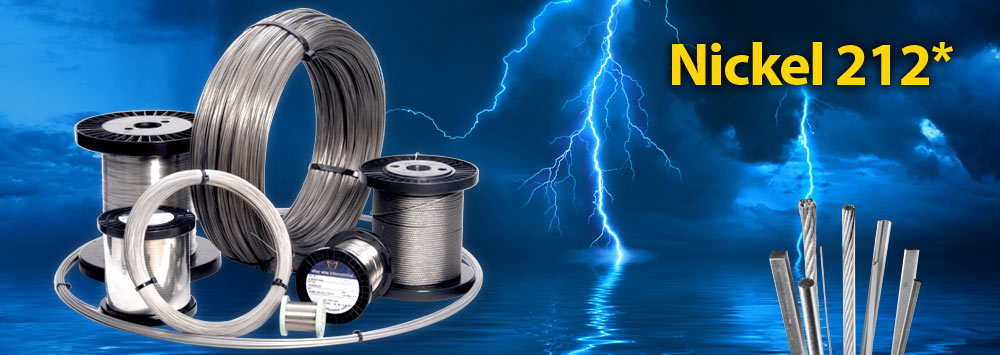Contact Information
AM Wire Pte Ltd,
3, Rhu Cross,
#06-03, Costa Rhu,
Singapore 437433
3, Rhu Cross,
#06-03, Costa Rhu,
Singapore 437433
Tel: (65) 9617 5912
E-Mail: andrewmarshall@alloywire.com
▴

